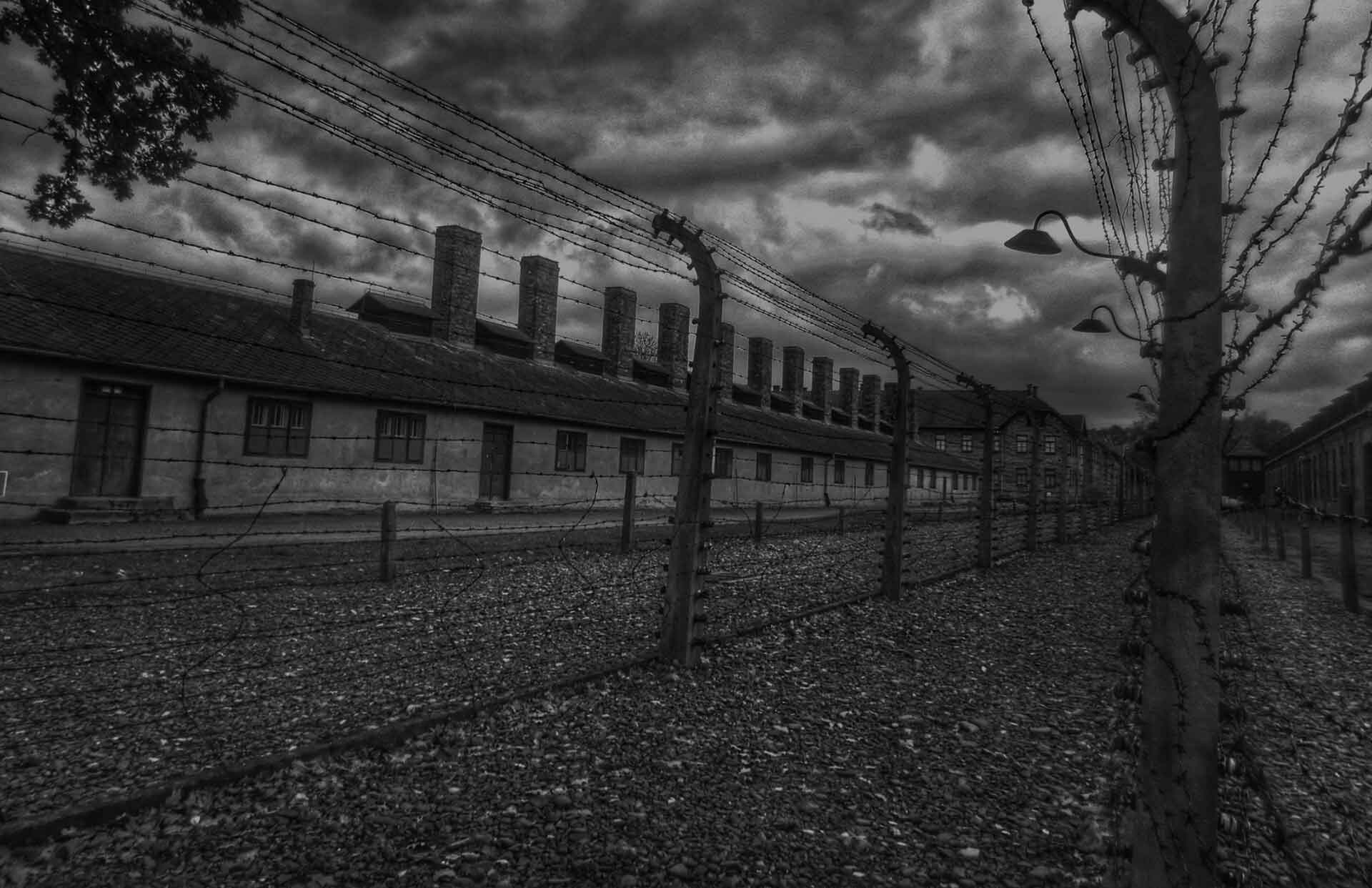The Nazis interned some homosexuals in concentration camps immediately after the seizure of power in January 1933. Those interned came from all areas of German society, and often had only the cause of their imprisonment in common. Some homosexuals were interned under other categories by mistake, and the Nazis purposefully miscategorized some political prisoners as homosexuals. Prisoners marked by pink triangles to signify homosexuality were treated harshly in the camps. According to many survivor accounts, homosexuals were among the most abused groups in the camps.
Just as arrests rose precipitously after the 1935 revision of § 175, so, too, did conviction rates, reaching more than ten times those of the last years of the Weimar Republic.
Under the practice of "protective custody" (Schutzhaft), ostensibly designed to shield individuals from the "indignation of society," the Gestapo seized suspected homosexual men without warrants and confined them in camps along with political opponents and others - particularly Jews after 1938 - who "offended" the Volk.
The first concentration camps were improvised in local prisons, military barracks, even abandoned factories. Beginning in 1934, SS chief Heinrich Himmler oversaw the regularization of the camp system under SS control. The main camps - Sachsenhausen for the north, Buchenwald for the center, and Dachau for the south - were ostensibly to "re-educate" inmates through discipline and hard work.
Gay men were separated from other prisoners because of the risks of homosexual infection. The worst jobs in Sachsenhausen Concentration Camp were reserved for them. In the " Klinkerwerke " or brickworks, they had to dig up and transport mud.. Building a firing range for the SS was another place of death as the SS men used the prisoners as targets while they were forced to continue the construction work. In the "shoe-company" heavily packed gay men were coerced to walk for hours on new models to try them out in adverse circumstances. More benign locations were the kitchen and hospital that sometimes could offer some extra food.
Easily identified by their pink triangle badges, homosexual detainees - the "175ers" - were subject to physical and even sexual abuse by SS camp guards. Fearing guilt-by-association, most fellow prisoners shunned the homosexuals, leaving them isolated and powerless within the prisoner hierarchy.
For many, imprisonment meant hard labor, part of the Nazi "re-education" program. Conditions in German prisons, penitentiaries, and penal camps were notoriously wretched, and those incarcerated under § 175 faced both the brutality of the guards and the hatred of their fellow inmates.
Survival in camps took on many forms. Some homosexual inmates secured administrative and clerical jobs. For other prisoners, sexuality became a means of survival. In exchange for sexual favors, some Kapos protected a chosen prisoner, usually of young age, giving him extra food and shielding him from the abuses of other prisoners. Homosexuals themselves very rarely became Kapos due to the lack of a support network.
For young men, there was the possibility of becoming the secret beloved of a prison warden. In this way Heinz Heger survived the worst time in Sachsenhausen. Some men consented to be castrated in the vain hope of getting out of the camp.
Kapo guardianship was no protection against the guards' brutality, of course. In any case, the Kapo often tired of an individual, sometimes killing him and finding another on the next transport. Though individual homosexual inmates could secure a measure of protection in some ways, as a group homosexual prisoners lacked the support network common to other groups. Without this help in mitigating brutality, homosexual prisoners were unlikely to survive long.
Because some Nazis believed homosexuality was a sickness that could be cured, they designed policies to "cure" homosexuals of their "disease" through humiliation and hard work. Guards ridiculed and beat homosexual prisoners upon arrival, often separating them from other inmates. Rudolf Hoess, commandant of Auschwitz, wrote in his memoirs that homosexuals were segregated in order to prevent homosexuality from spreading to other inmates and guards. Personnel in charge of work details in the Dora-Mittelbau underground rocket factory or in the stone quarries at Flossenbuerg and Buchenwald often gave deadly assignments to homosexuals. One avenue of survival available to some homosexuals was castration, which some criminal justice officials advocated as a way of "curing" sexual deviance. Homosexual defendants in criminal cases or concentration camps could agree to castration in exchange for lower sentences. Later, judges and SS camp officials could order castration without the consent of a homosexual prisoner.
Nazis interested in finding a "cure" for homosexuality expanded this program to include medical experimentation on homosexual inmates of concentration camps. These experiments caused illness, mutilation, and even death, and yielded no scientific knowledge.
In a small number of cases, medical experts testified that some homosexuality constituted a serious mental illness and danger to society. Under § 42b of the Reich Criminal Code, some men were institutionalized, a fate that could have disastrous consequences (including death) during the war.


